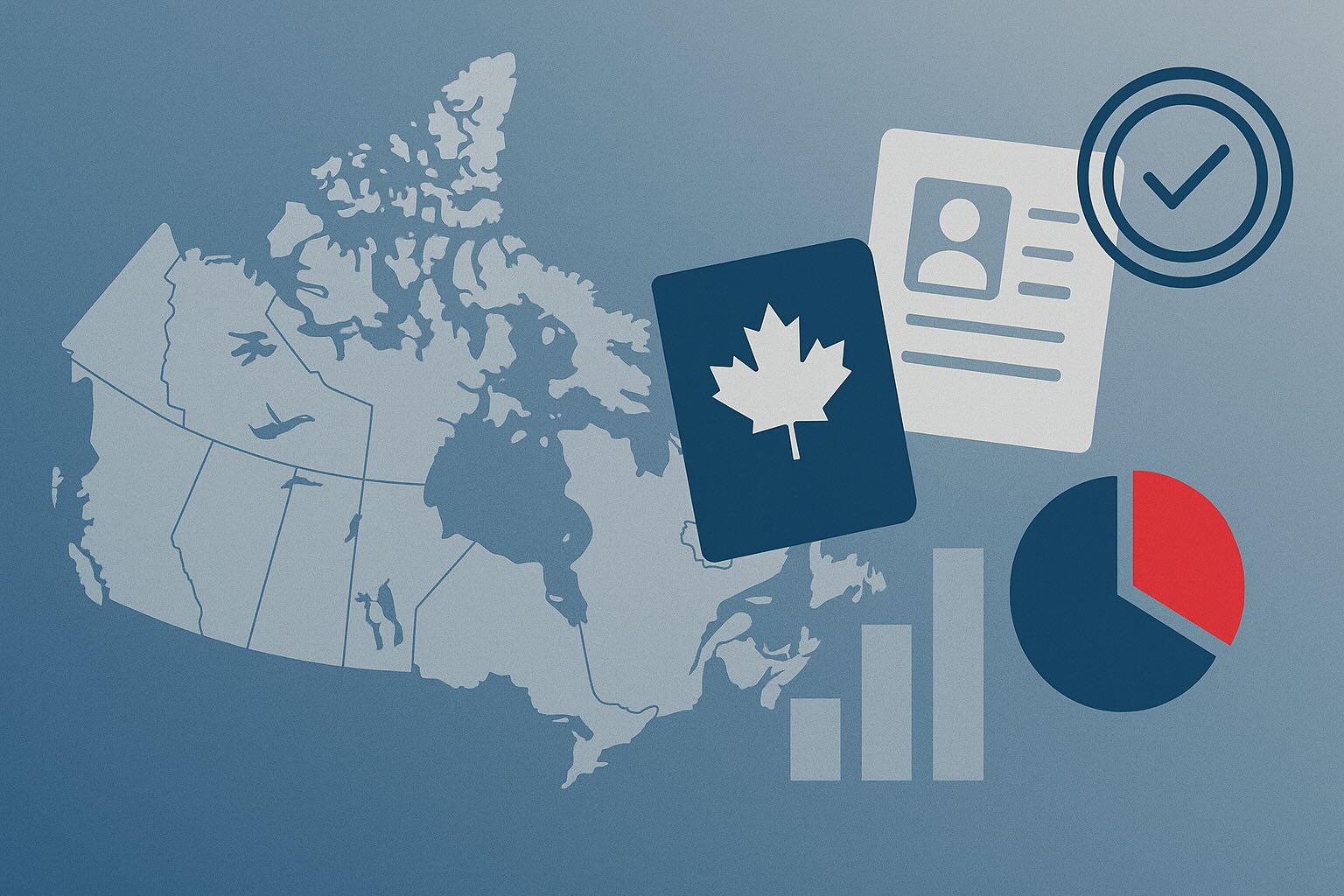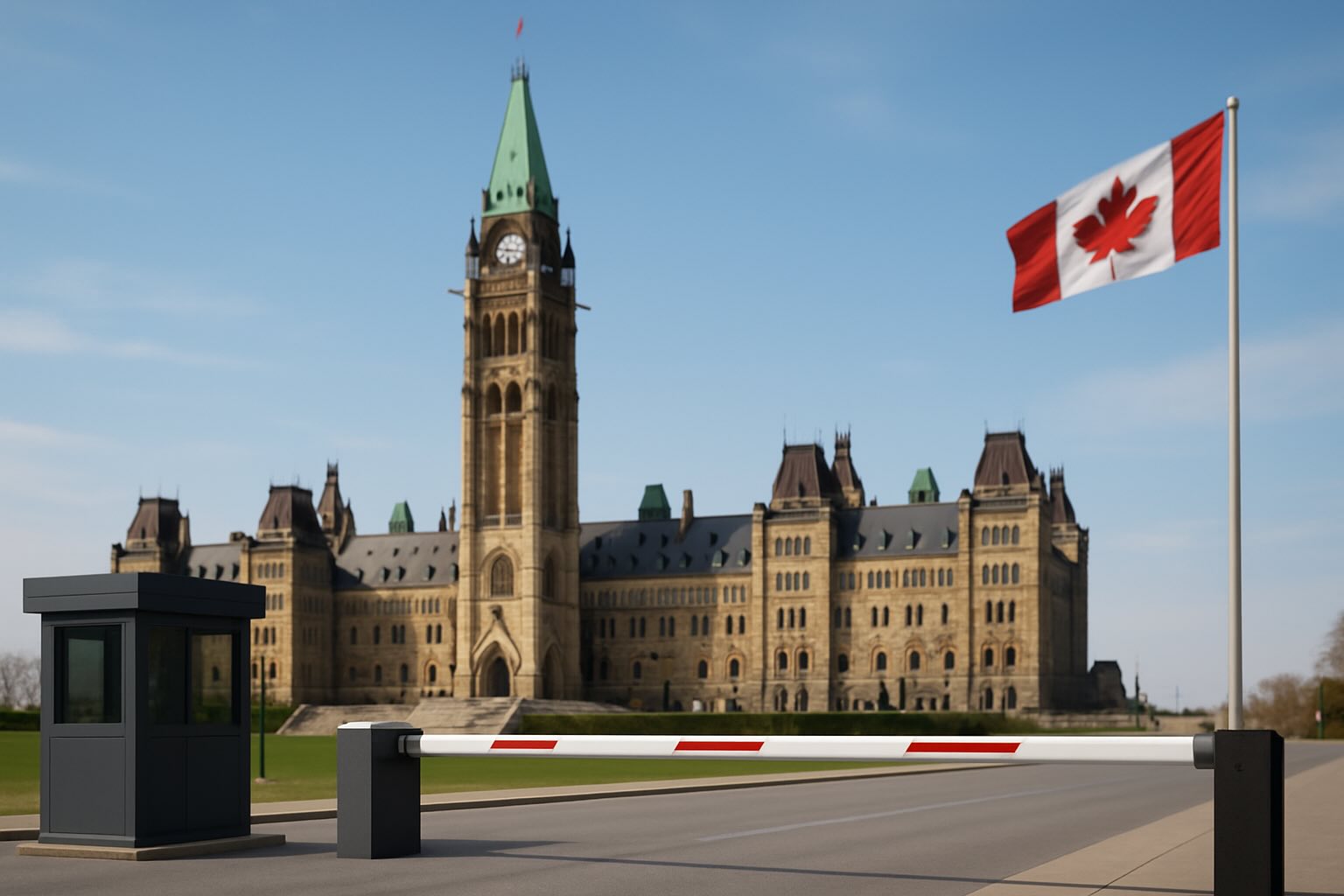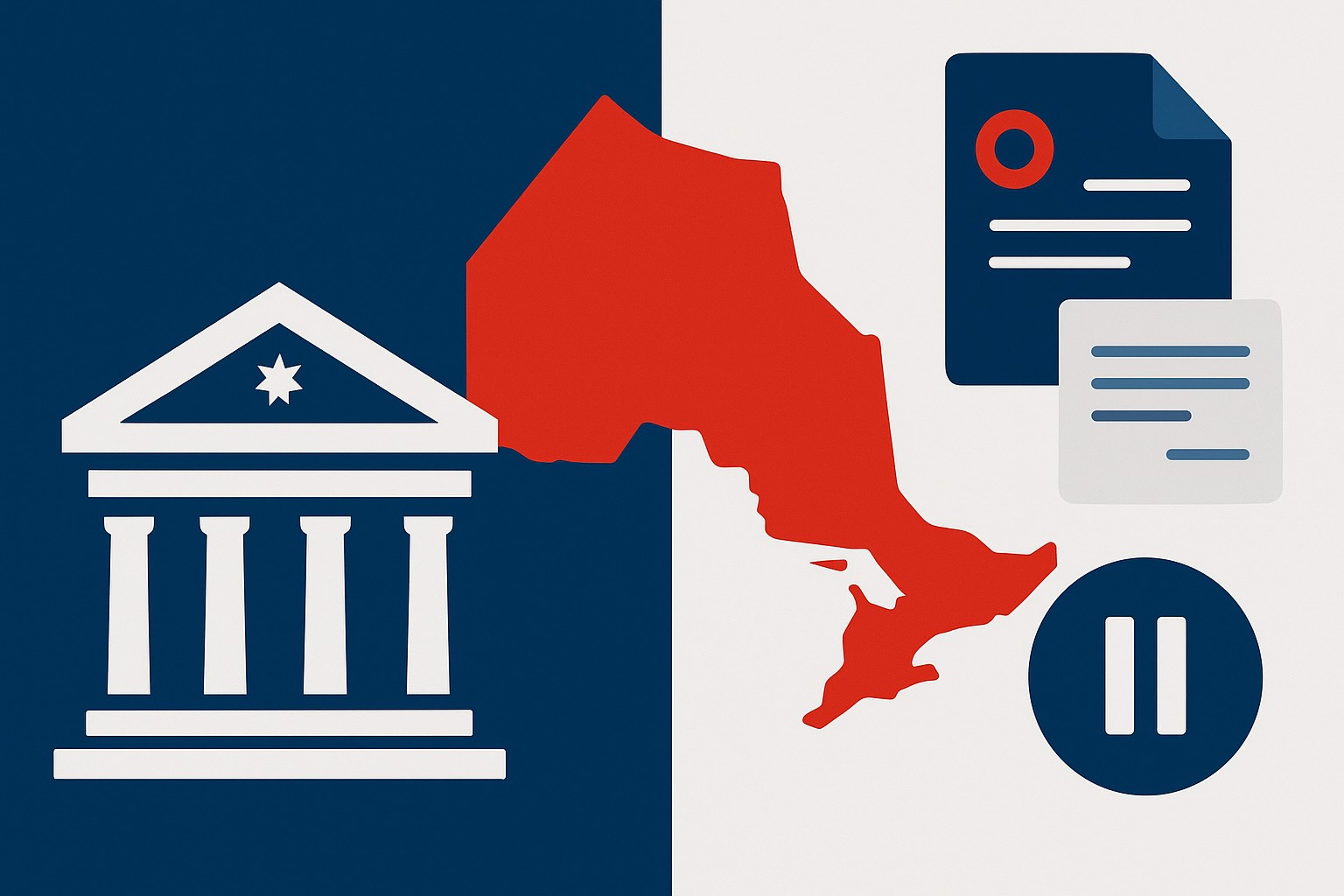
Immigration, Refugees and Citizenship Canada (IRCC) on November 25 released the detailed 2026 study permit issuance plan for international students. The figures show that the federal government is continuing to manage the overall number of temporary residents by further reducing the volume of study permits issued.
Overall Study Permit Target Continues to Decline
IRCC has set the maximum number of study permits for 2026 at 408,000, reinforcing the current tightening trend in Canada’s international education policies.
- Compared with the 2025 target of 437,000, the 2026 level is 7% lower.
- Compared with the 2024 target of 485,000, the reduction amounts to 16%.
Allocation Breakdown: New Entrants, Extensions, and Education Levels
IRCC has separated the 408,000 total into distinct categories for new arrivals and current in-Canada students:
- New international students: 155,000 study permits will be allocated for first-time arrivals under the 2026–2028 Immigration Levels Plan.
- Extensions: 253,000 study permits will be reserved for students already in Canada who require permit renewals.
IRCC also released a breakdown by education category:
- Applicants requiring a PAL/TAL: 180,000
- Master’s and PhD students (PAL/TAL-exempt): 49,000
- K–12 students (PAL/TAL-exempt): 115,000
- Other PAL/TAL-exempt categories: 64,000
The department reaffirmed that beginning January 2026, all students admitted to a Designated Learning Institution (DLI) at the master’s or doctoral level will no longer be required to provide a Provincial (PAL) or Territorial Attestation Letter (TAL). However, all other post-secondary applicants—unless exempt—must still include a PAL with their study permit application.
Provincial and Territorial Allocation Details
Based on provincial and territorial population share, the federal government has distributed the 2026 processing limits for PAL-required study permit applications.
IRCC clarified the difference between two allocation metrics:
- “Planned applications to be processed” includes files that may later be refused.
- “Planned approvals” refers only to approved study permits.
For 2026, the allocation for PAL-required applicants includes:
- Processing limit: 309,670 applications
- Planned approvals: 180,000 study permits
Below is a summary of the data by province and territory:
| Province / Territory | Applications to Be Processed | Planned Approvals |
|---|---|---|
| Alberta | 32,271 | 21,582 |
| British Columbia | 32,596 | 24,786 |
| Manitoba | 11,196 | 6,534 |
| New Brunswick | 8,004 | 3,726 |
| Newfoundland and Labrador | 5,507 | 2,358 |
| Northwest Territories | 785 | 198 |
| Nova Scotia | 8,480 | 4,680 |
| Nunavut* | 0 | 180 |
| Ontario | 104,780 | 70,074 |
| Prince Edward Island | 1,376 | 774 |
| Quebec | 93,069 | 39,474 |
| Saskatchewan | 11,349 | 5,436 |
| Yukon | 257 | 198 |
| Total | 309,670 | 180,000 |
Provincial highlights
- Ontario remains the top destination for international students and receives the largest allocation, with 104,780 applications processed and 70,074 approvals expected.
- Quebec is set to process 93,069 applications and issue approximately 39,474 permits.
- British Columbia expects 24,786 approvals.
- Alberta expects 21,582 approvals.
- In Atlantic Canada, Nova Scotia is expected to receive 4,680 approvals, while Newfoundland and Labrador will receive 2,358.
Nunavut receives no allocation for higher-education study permits because it does not have designated post-secondary institutions.
Conclusion: Clear Signs of Policy Tightening as Students Face Increased Competition
The newly released allocation plan highlights the federal government’s efforts to balance the international education sector with the increasing strain on Canada’s immigration system. Prospective students planning to study in Canada will need to pay closer attention to provincial quotas and policy changes and prepare applications earlier to navigate a more competitive environment.









